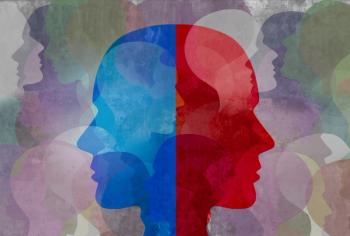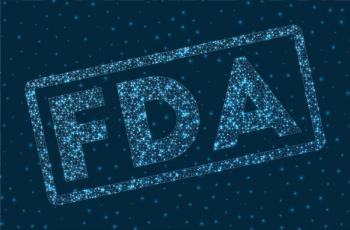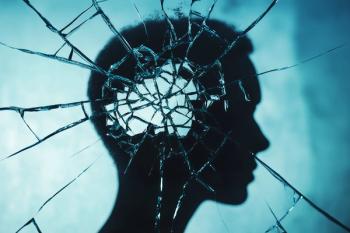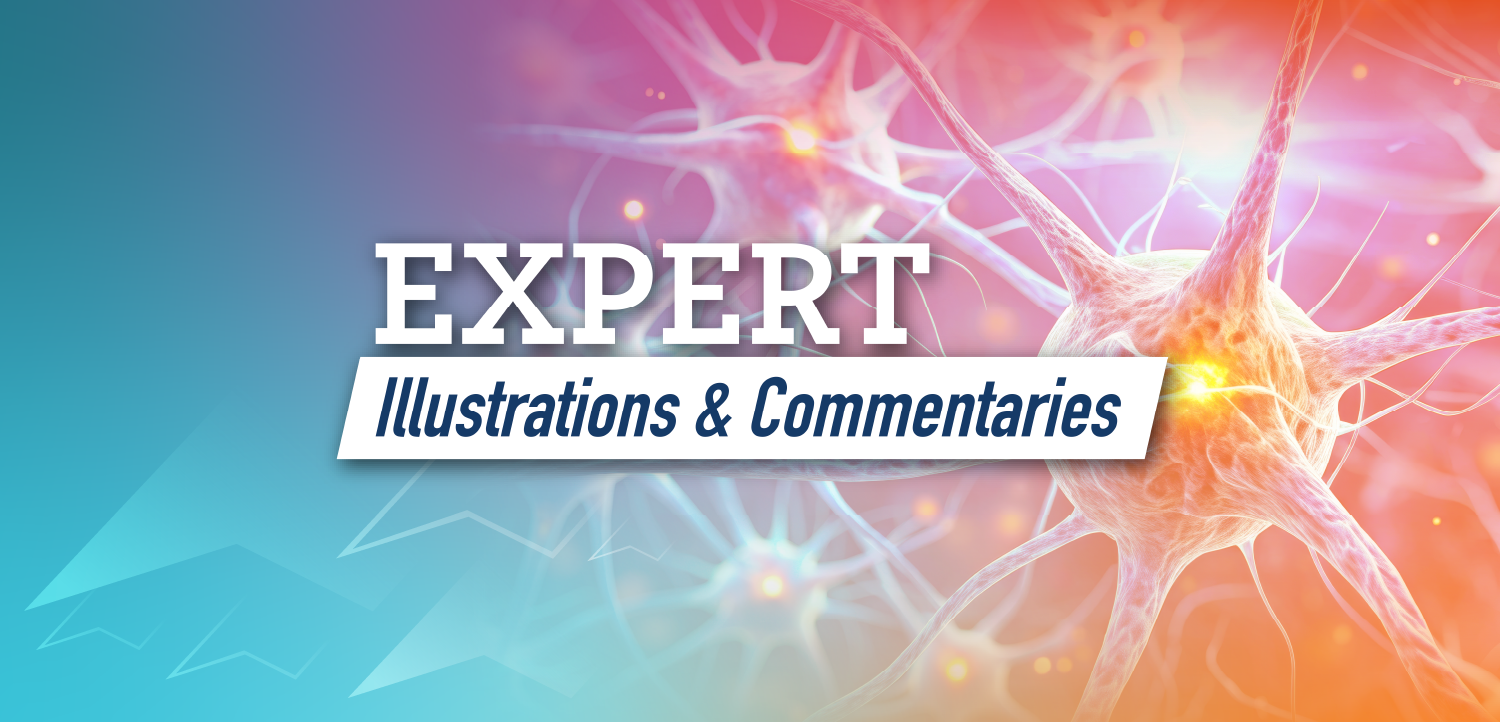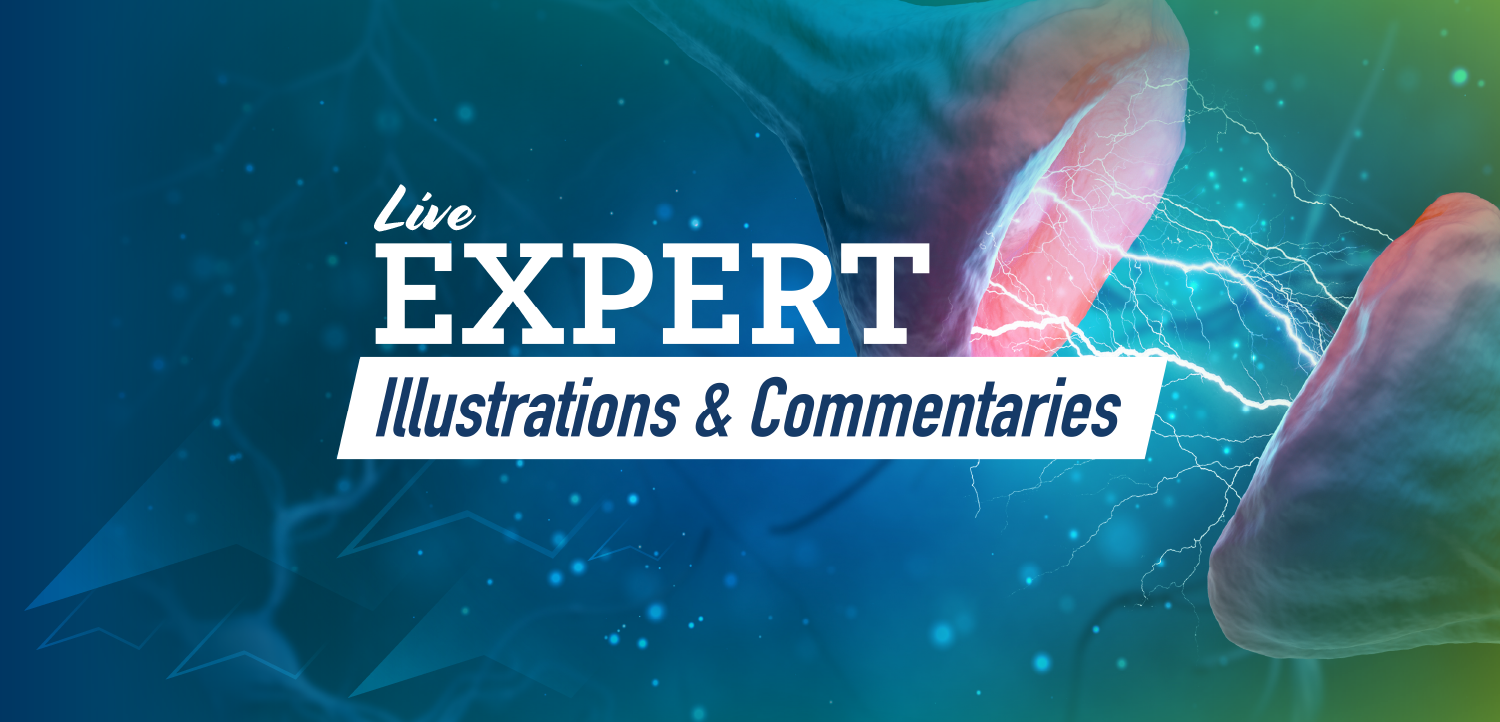
A Case of a 24-Year-Old Man With Schizophrenia
Panelists discuss how Jacob’s case demonstrates the importance of recognizing negative symptoms that preceded positive symptoms by nearly a year, and how a partial response to risperidone with continued breakthrough symptoms and cognitive “fogginess” indicates the need for treatment optimization.
Episodes in this series

VIdeo content above is prompted by the following:
The discussion centers on Jacob, a 24-year-old man who presents with partial symptomatic relief after 2 months of risperidone treatment. Despite some improvement in sleep and agitation, Jacob continues experiencing auditory hallucinations, paranoid delusions, and marked social withdrawal. His case illustrates the complex timeline of schizophrenia development, where negative symptoms including emotional blunting, reduced motivation, and social isolation were present for nearly a year before positive symptoms escalated.
Jacob’s presentation demonstrates typical diagnostic challenges in schizophrenia, including the delayed recognition of negative symptoms and their impact on functioning. He had already left his technology startup job 6 months prior, citing stress and burnout, before his positive symptoms became prominent enough to seek treatment. His family history includes paternal grandmother with schizophrenia, supporting genetic predisposition factors.
The clinical discussion explores treatment considerations, including the need to differentiate between schizophrenia and schizophreniform disorder, substance use screening (particularly marijuana), and assessment of sleep patterns as a vital psychiatric sign. The case highlights how current risperidone treatment at 2 to 3 mg daily provides room for dose optimization, but Jacob’s reports of feeling “foggy” and “emotionally flat” suggest potential medication-related adverse effects that may require treatment modification or alternative therapeutic approaches.
Newsletter
Receive trusted psychiatric news, expert analysis, and clinical insights — subscribe today to support your practice and your patients.

